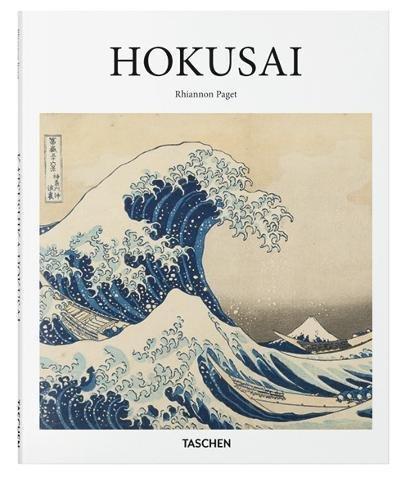內容簡介
內容簡介 日本浮世繪畫家葛飾北齋不僅是日本藝術界的巨人與江戶時代的傳奇,他同時也是西方現代主義藝術的奠基者。多產的他,不論是版畫、插畫或其他形式的藝術作品,都是浮世繪最全面的代表,也是日本主義的基準。他的影響擴散至歐洲的印象派與新藝術,甚至更廣。莫內、竇加、梵谷、貝絲.莫莉索與瑪莉.卡薩特都為他的作品著迷。葛飾北齋的一生不斷地在移動,搬家超過90次,連藝名都超過7個。他的作品最能展現浮世繪的廣度,不論是繪畫、木刻版畫,從單張的風景畫與演員肖像,到春宮圖、冊頁,為詩集、歷史小說所繪的插圖,以及在特殊場合為私人所用的折物…等,都是他創作的材料。他在1826到1833年的版畫系列《富嶽36景》,是他最著名的作品,透過不同的季節與視角,標示出日本風景版畫的最高峰。其中〈神奈川沖浪裏〉,可說是最為人所知的日本藝術。本書透過葛飾北齋的重要作品,追溯畫家在繪畫主題的多樣性,以及他在藝術形式上的微妙演變,畫家藉由顏色與線條所勾勒的空間,解放了西方單點透視的限制,如同〈神奈川沖浪裏〉的巨浪,他為西方藝術帶來的影響,其結果是釋放出現代藝術的巨大動能。The Old Man Mad about PaintingHokusai, the master who unleashed a tsunami on the art worldMeet the artist whose majestic breaking wave sent ripples across the world. Katsushika Hokusai (1760–1849) is not only one of the giants of Japanese art and a legend of the Edo period, but also a founding father of Western modernism, whose prolific gamut of prints, illustrations, paintings, and beyond forms one of the most comprehensive oeuvres of ukiyo-e art and a benchmark of japonisme. His influence spread through Impressionism, Art Nouveau, Jugendstil, and beyond, enrapturing the likes of Claude Monet (who bought 23 of his prints), Berthe Morisot, Edgar Degas, Mary Cassatt, and Vincent van Gogh.Hokusai was always a man on the move. He changed domicile more than 90 times during his lifetime and changed his own name through at least seven professional pseudonyms. In his art, he adopted the same restlessness, covering the complete spectrum of Japanese ukiyo-e (“pictures of the floating world”) practice in painting and woodblock, from single-sheet prints of landscapes and actors to erotic books, album prints, illustrations for verse anthologies and historical novels, and surimono, which were privately issued prints for special occasions.Hokusai’s print series Thirty-Six Views of Mount Fuji, published between 1826 and 1833 is the artist’s most renowned work and, with its soaring peak through different seasons and from different vantage points, marked the towering summit of the Japanese landscape print. The series’ The Great Wave off Kanagawa, also known simply as The Great Wave, is one of the most recognized images of Japanese art in the world.This TASCHEN introduction spans the length and breadth of Hokusai’s career with key pieces from his far-reaching portfolio. Through these meticulous, majestic works and series, we trace the variety of Hokusai’s subjects, from erotic books to historical novels, and the evolution of his vivid formalism and decisive delineation of space through color and line that would go on to liberate Western art from the constraints of its one-point perspective and unleash the modernist momentum.
